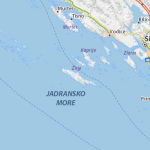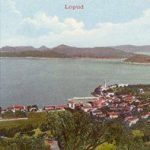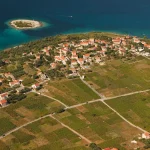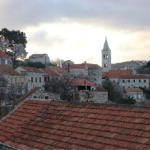Mljet is a rich, emerald green paradise just south of the Peljesac peninsula. It is relatively large in size when compared to its Elaphiti neighbours, with a length of 37 kilometres and a population of 1,088 according to the 2011 census, although the numbers are believed to have increased since then. It is the most southerly and easterly of the larger islands in Dalmatia, with a National Park in the western part of the island, as well as Soline Bay, Malo jezero and Veliko jezero, with a sea belt 500 metres wide from the most prominent cape of Mljet, covering an area of approximately 54 kilometres. The central areas of the park include Veliko jezero and the isle of Sveta Marija (St. Mary), as well as Malo jezero and the villages Pomena, Polace and the larger of the three, Govedjari.
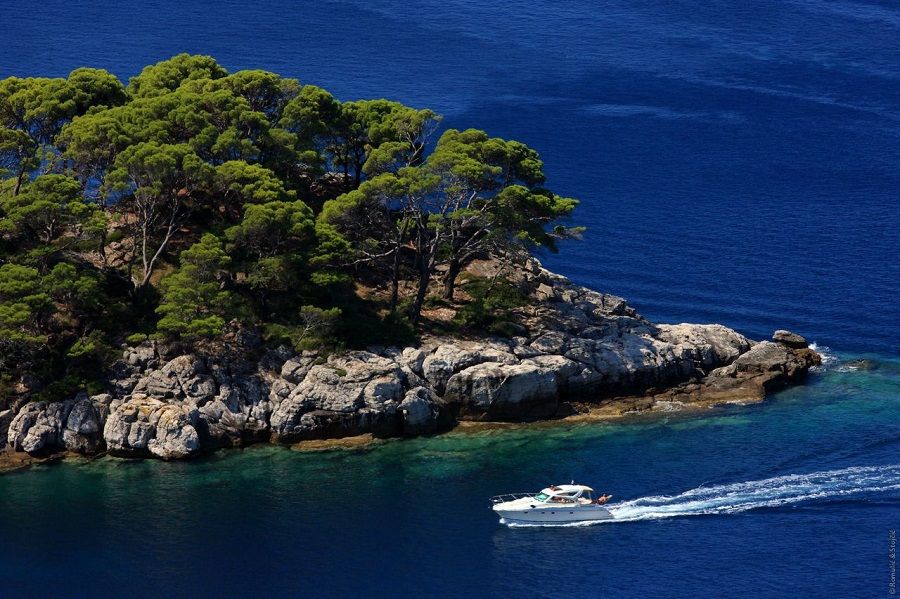
Ancient Greco-Roman geographers are credited with the discovery of Mljet, and it was they who wrote the first known records, being referred to in a text by Scylax of Caryanda in the 6th century BC as Melite, and in texts by Agathemerus and Pliny the Elder (who also wrote extensively about the Elaphiti islands) as Melita, derived from the ancient Greek word for honey. Mljet is believed to have once been inhabited by numerous bee colonies, hence the name.
Mljet is sometimes regarded as the island on which Saint Paul was famously shipwrecked following his departure from Rome, despite his shipwreck generally being assumed to have taken place on the Mediterranean island of Malta. Some sources suggest that Saint Paul was led to believe his life was in danger, hence his hasty escape from Italy. According to Greek and Roman sources, both islands shared the name Melita at the time and confusion around the matter was never properly resolved, resulting in harbours bearing the Saints’ name being constructed on both islands.
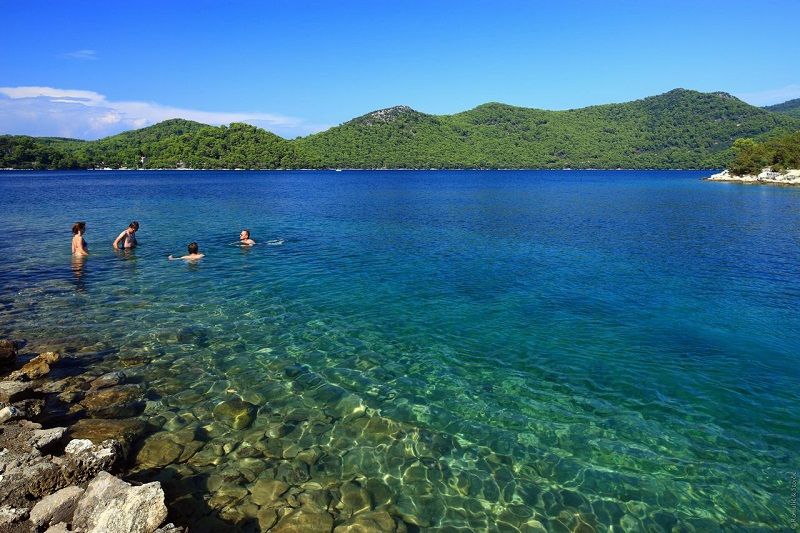
The Benedictines from Pulsano in Apulia became the feudal lords of Mljet in 1151 after arriving from Monte Gargano in Italy, by 1345, they had renounced their rule over the island, keeping only a third of the land over which they had once ruled. Much later, in 1410, Mljet was formally annexed by the autonomous Republic of Ragusa. By the 16th century, the monastery of Saint Mary was the centre of the then Mljet Congregation, gathering all the monasteries of Benedictine monks in the Republic of Ragusa, with the first president of the Congregation being Mavro Vetranovic – the then abbot of the Mljet monastery and a popular poet. As time flowed by, the Benedictine monastery on Mljet gradually began to lose its relevance, with the seat of the Mljet Congregation subsequently moved to Sveti Jakov (Dubrovnik). In 1809, during the rule of Napoleon, the Mljet monastery was entirely disbanded, the building later being replaced by the forestry office during Austrian rule. Following the collapse of the Austro-Hungarian empire and between the two world wars, the building was owned by the Dubrovnik bishopric, before being turned into a hotel in 1960. In 1998, it was returned to the bishopric.
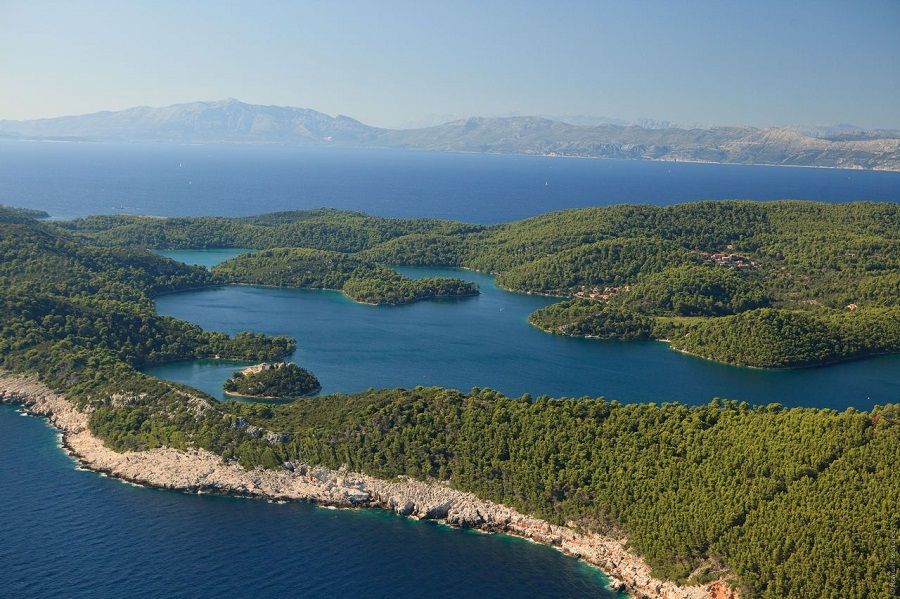
Besides having an interesting man-made history, Mljet possesses an interesting natural one too. The island, which is 84% covered with dense forest and naturally occurring evergreen vegetation, is of volcanic origin, with the northwestern part boasting an inland sea with a small island within it. Mljet’s geological structure consists of both dolomite and limestone ridges and slopes, as well as several depressions below sea level known as blatine (mud lakes) and slatine (salt lakes). It has held the status of national park since November 1960.
Divided from the Peljesac peninsula by the Mljet Channel, the island has many significant landscapes and various chasms and gorges carved into the rock, the longest being Babino Polje, which connects the north and south of the island. The principal harbour in the north is Polace, the islands’ port of call for arriving tourist ferries, mainly from Dubrovnik. The Odisej (Greek: Odysseus) in the north-west corner of the island is Mljet’s only hotel, named after another deep rooted legend as Mljet was believed to be Odyssey’s Ithaca, the place in which he fell in love with Penelope, a love which is said to have defined the rest of his natural life.
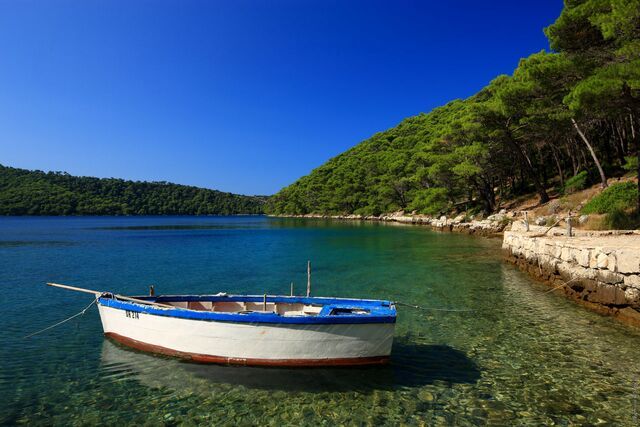
Mljet has a relatively dense population as far as islands in this part of Croatia go, with Babino Polje being the largest settlement with 270 residents, including a school and a police station, followed by Govedjari with a reported 151 inhabitants. Other settlements include Babine Kuce, Soline, Pristaniste, Polace, Pomena, Blato, Kozarica, Ropa, Sobra, Prozurska Luka, Prozura, Maranovici, Okuklje, Saplunara and Korita, all with populations believed to be below 150. Given that this data comes from a census taken in 2011, it is highly likely that these numbers have since increased.
So, how does one get to Mljet?
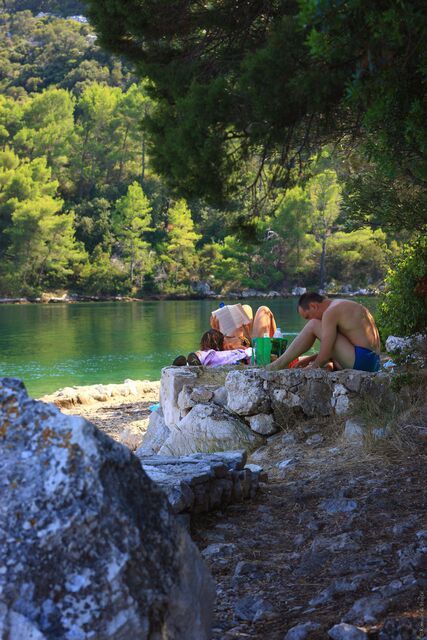
Hopefully by now, you’re convinced Mljet is worth a visit and of course, you want to find a way there.
Dubrovnik Airport (Cilipi) acts as the main international connection for the island. There are also Jadrolinija ferry lines from the Peljesac peninsula and Dubrovnik itself, as well as distant connections from Split and connections from local areas such as Prapratno. The main port on the island (Sobra), is connected to both Dubrovnik (Gruz) and to Ston via car ferry. There are two type of ferries available when it comes to transportation to and from Mljet: a car ferry and a catamaran ferry (which take approximately 2.5 hours and 90 minutes, respectively). Once on Mljet, prepare to step back in time as there is only one two-lane paved road which snakes throughout the island, with a scheduled bus service running only once or twice daily. Taxis can be taken while on the island should reliance on public transport be an issue, the most reputable of them being Mljet Travel.
Jadrolinija’s sailing schedule is: Split – Brac – Hvar – Korcula – Mljet – Dubrovnik and more information including booking can be accessed via their website.
If you’d like to organise a catamaran transfer from Dubrovnik to Mljet, you can do so here.
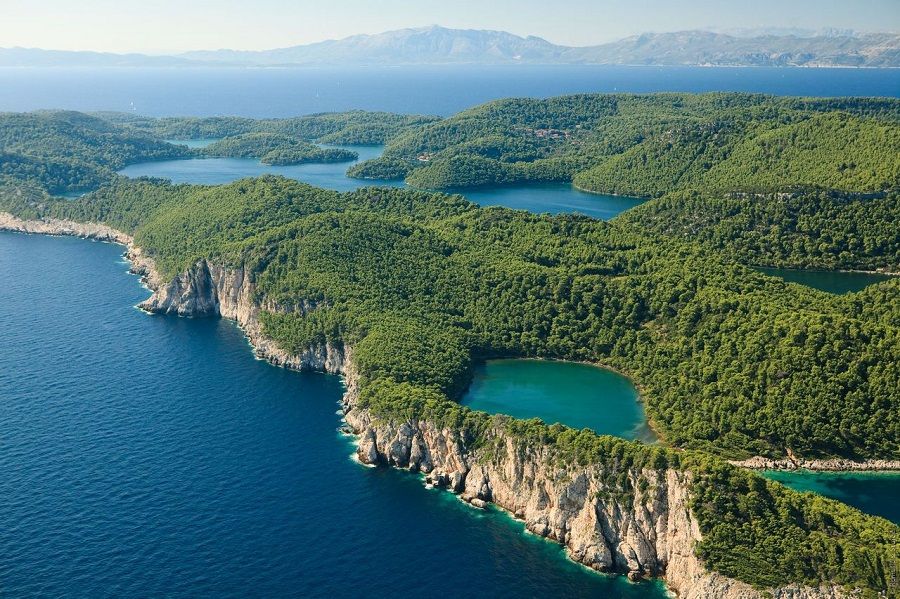
Like a landscape from The Lost World, Mljet is a breath of fresh air. It is considered by most to be one of the most beautiful islands in the Adriatic, with pristine beauty, untouched nature and incredible scenery to lure visitors of all kinds. Come and see for yourself.

